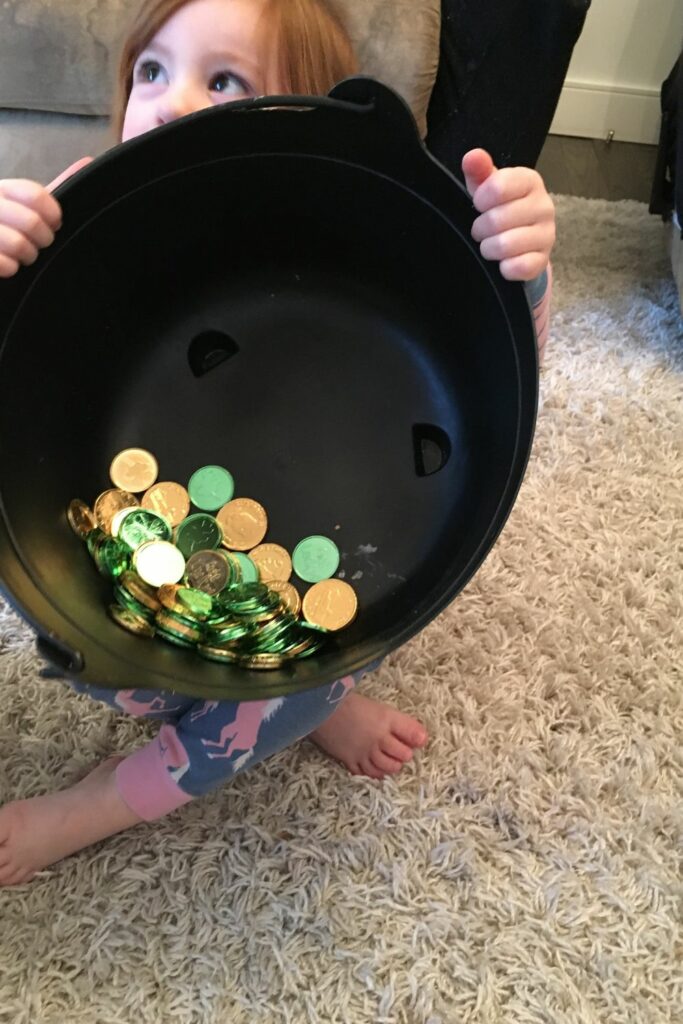How To Teach Your Child Financial Responsibility With Job Lists
If you are wondering how to teach your child financial responsibility, or even how young is too young – read on for a great method using job lists.
Many adults complain that they were not taught money management at school. A lot of us learn weird facts that we never use again but no one learns life skills like budgeting, saving and the importance of taking care of your money.
If you’ve been thinking about how to help your kids understand the importance of earning money and saving, this system of using job lists at home will help you get started.

This post contains affiliate links. Please read my disclosure for more details.
RELATED POSTS
10 Important Things To Teach Your Kids About Money
How To Save Money Eating Out At Restaurants
How To Teach Your Child Financial Responsibility
First of all, it’s never too early to start teaching your child the value of money. Even preschoolers can “pay shops” and learn how money works at its most basic level.
My daughter loved this talking Piggy Bank when she was little.
Start when you go to the grocery store and make sure to let them know how much things costs and that some things are more expensive than others.
Slightly older children can learn financial responsibility with this job lists method:
These steps will help your kids learn these valuable life concepts:
Establish a list of household chores
Decide how much you’ll pay your kids to complete each job.
Assign prices you’re comfortable with.
Focus on coming up with age-appropriate jobs for each child. Make separate lists for children if there’s more than 2 or 3 years’ difference in their ages.
- Consider these examples for a 10 year old child’s job list:
-
- Sweep the kitchen, $1.00
- Load the dishwasher, $1.00
- Dust the living room tables, $1.00
- Examples for 12 to 14 year old children are:
- Clean the bathroom, $3.00
- Mop the kitchen, $3.00
- Polish the silver tea set, $2.00
Conduct a family meeting to explain to the kids about how the job list works.
How Job Lists Work
When the children choose to complete a task on the list, they must first ask permission to do the task.
This step is to avoid children doing a task just after someone else completed it, thus not really doing the work necessary to earn the money.
Require the children saves a certain percentage of their earnings. A reasonable amount is 20 to 50 per cent.
Have them either place their savings in a separate piggy bank or take the kids to the bank to open their own savings accounts.
Explain that as they mature, they can buy almost anything they want, as long as they save for it. Mention it’s also important to save for “a rainy day.”
Compensation can be paid immediately or at the end of the week.
If you select the “pay day” method at the end of the week, keep in mind you’ll need to keep a record of each child’s completed jobs and amounts earned during the week.
Praise your kids’ efforts to do the jobs. Compliment your kids’ cheerfulness while they’re working and focus on any positive behaviours and attitudes they demonstrate.
- Talk about how being responsible is a wonderful “grown-up” characteristic for them to have.
- Reinforce the children’s independence and perseverance in completing jobs.
Make adjustments and additions to job lists as your kids get older so tasks fit their ages.
Using job lists at home is very effective in teaching kids the values of working, earning money, and saving.
When children learn these concepts as youngsters, they’ll grow up to enjoy work and value saving as well.
More Budgeting Tips
10 Silly Things That People Waste Money On






